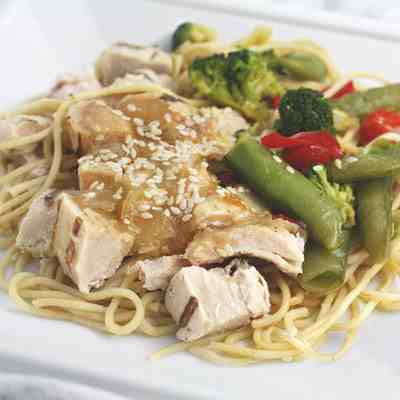3 Iron-Rich Ways to Protect Your Heart

How are your iron levels? Unless you’ve had a recent blood test, chances are pretty good you don’t know. But if you’re iron deficient, you may experience symptoms like weakness, headaches, dizziness, cold hands and feet, and brittle nails, according to the Mayo Clinic.
These may not be life-threatening symptoms. But there’s at least one more thing an iron deficiency can impact...your heart.
In a recent study by the European Society of Cardiology published in the journal ESC Heart Failure, researchers found a connection between low iron levels and heart disease in middle-aged adults.
If you’re low on iron in your middle-age years, your risk for heart disease or a heart attack may go up by 10 percent within a decade. And if low iron is a chronic problem for more than a decade, the risk for heart disease and early death is even higher.
3 Ways to Get More Iron
So how do you get more iron to protect your heart? There are three primary ways to increase iron in your diet…
1. Take an iron supplement
According to the National Institutes of Health…
- Men need about 8 mg of iron per day
- Women need about 18 mg of iron per day
If you’re not getting enough iron in your diet, a daily supplement can help with your iron deficiency.
2. Get an iron infusion
You’ll need to talk to your doctor about this. The first step will be a blood test to evaluate your iron levels. An iron level of less than 10 mmol/L is typically considered low.
If oral supplements and dietary changes don’t help your iron deficiency, your doctor may recommend an iron infusion.
3. Eat iron-rich foods
For most people, this is the best way to improve iron levels. Consistently eating iron-rich foods and making them part of your diet can make a big difference.
Foods high in iron include:
- Lean beef (Try Beef and Broccoli Over Noodles & Vegetable Blend)
- Seafood (Try Salmon & Vegetable Linguini)
- Poultry (Try Waffles with Turkey Sausage & Strawberries)
- Iron-fortified oatmeal, cereal and bread
- Legumes (Try Chili with Beans with Carrots & Broccoli Florets)
- Nuts (Try Carrot-Zucchini Walnut Muffins)
- Dried fruits
Want to keep your heart healthy? Increasing iron levels in your diet is a good place to start. Regular exercise like walking or jogging will help, too.



 INSURANCE CUSTOMERS CLICK HERE!
INSURANCE CUSTOMERS CLICK HERE!
